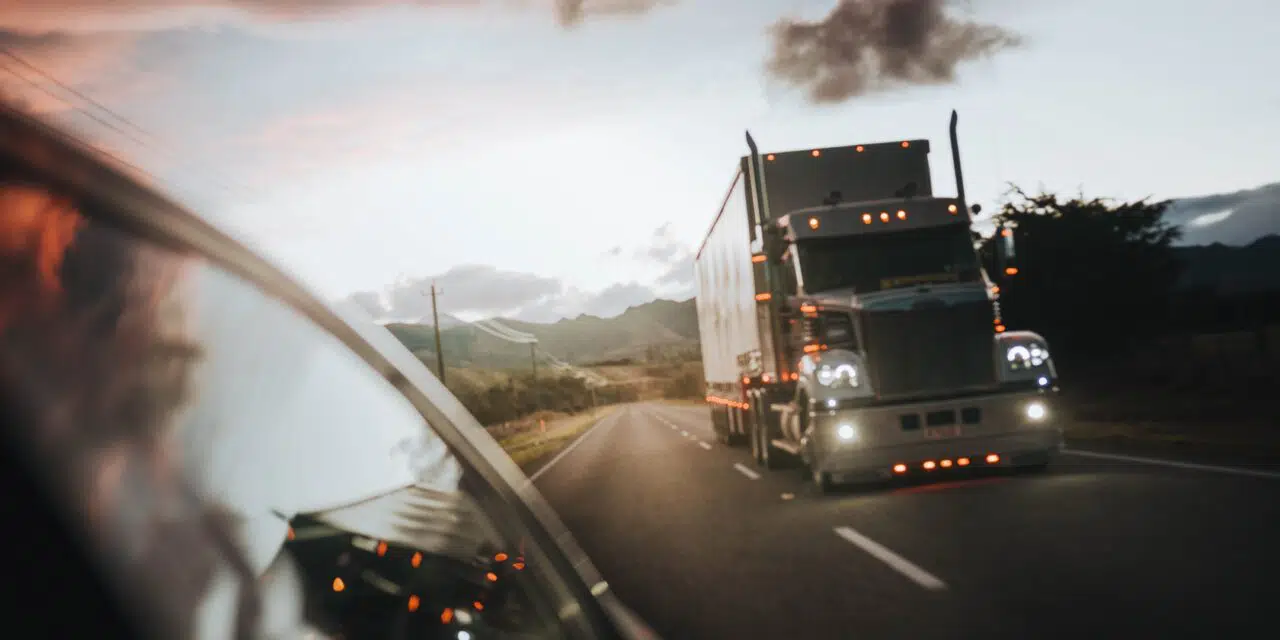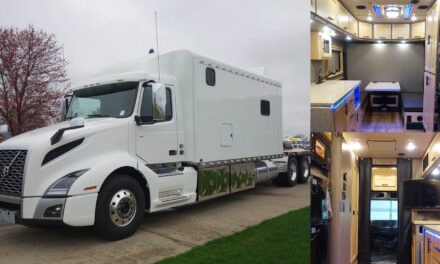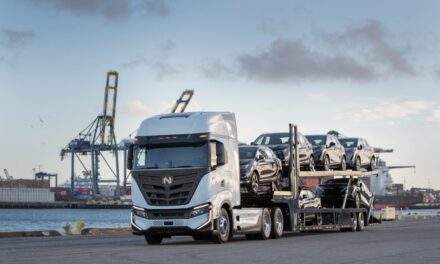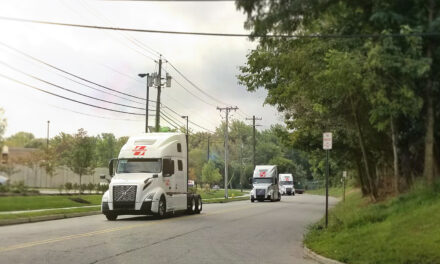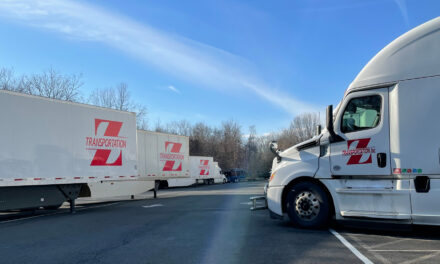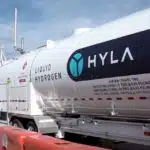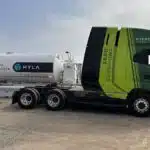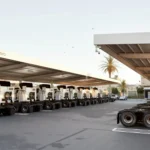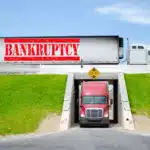State officials agreed Thursday to crack down on heavy-duty trucks weighing more than 14,000 pounds (6,350 kg) – those massive semi-trailers that account for less than 3% of all vehicles in California yet contribute more than half of all pollution from automobiles and trucks each year.
These large trucks – including those from other states that pass through California – will be inspected at least four times a year to ensure they fulfill the state’s particulate matter and ozone pollution standards.
State officials say they will enforce the rules by installing roadside monitoring systems to catch trucks that pollute excessively. Automated license plate readers would assist police in identifying violators, who may face citations for failing to make repairs.
The state now operates two of these unattended monitoring systems and aims to add more. The machines, which mimic toll booths, collect a sample of the truck’s exhaust as it passes by.
Environmental supporters said the rule – imposed by a 2019 law pushed by state Sen. Connie Leyva – is the most major step in a decade toward cleaning up California’s air, which has consistently ranked among the dirtiest in the country. State officials predict that the measures will avert more than 7,000 early deaths due to respiratory ailments by 2050, saving taxpayers more than $75 billion.
“While the standards have some implications for climate change, what we’re really talking about here is the smog and particle matter that are sickening and killing people,” said Bill Magavern, policy director for the Coalition for Clean Air, a statewide advocacy organization.
The idea is one of a rush of upcoming reforms that may significantly alter consumer and industry behavior in the nation’s most populous state, which would have the world’s fifth-largest economy if it were an independent country.
Additionally, the California Air Resources Board agreed on Thursday to prohibit the sale of new products powered by small gasoline engines, such as leaf blowers, lawn mowers, and portable generators – a restriction enacted recently by the state’s Democratic-led legislature. Regulators are preparing to tighten pollution rules for the barges, ferries, fishing boats, and tugboats that line California’s coastal communities next year.
Additionally, regulators intend to phase out the sale of all new gasoline-powered automobiles by 2035.
“These are the choices we must make if we are serious about reducing our dependency on fossil fuels and leaving future generations with healthier communities,” Assemblyman Marc Berman, a Palo Alto Democrat who wrote the legislation imposing the ban on new gas-powered lawn equipment, said.
While the new smog check standards for heavy vehicles will have the greatest impact on air quality – saving more than 680,000 tons of pollution by 2050 – consumers will notice the restriction prohibiting the sale of new gas-powered lawn equipment the most.
Automobile engines have improved in recent years to produce less pollution. However, the little engines that power the majority of lawn equipment have made less development. According to state inspectors, running a gas-powered leaf blower for an hour produces the same amount of pollution as driving a gas-powered car approximately 1,100 miles (1,770 kilometers) – or roughly the distance between Los Angeles and Denver.
“Nobody will have to give up or stop utilizing devices they already own. The burden of this regulation falls on manufacturers “According to Berman.
Professional landscapers, who rely on gas-powered equipment to do numerous jobs per day, will be the most affected by the laws. California legislators recently allocated $30 million in the state budget to aid these businesses in transitioning to battery-powered equipment. However, other landscapers testified on Thursday that the equipment would be less trustworthy.
Trucking firms and small engine manufacturers have mostly expressed concern about the speed with which these new criteria would be implemented. Both the smog check requirements for trucks and the prohibition on the sale of new gas-powered lawn equipment would take effect in 2024, while a similar prohibition on the sale of new gas-powered generators would take effect in 2028.
On Thursday, members of the trucking sector requested regulators to conduct a pilot program before enforcing the regulation statewide. Truckers’ access to the parts required to comply with these standards is growing more difficult and expensive, sparking fears that it may force some trucks off the road while awaiting repairs and exacerbate supply chain problems already plaguing businesses and frustrating customers.
According to Chris Shimoda, senior vice president for government affairs at the California Trucking Association, a single sensor that truckers frequently require used to cost around $300 but is now costing upwards of $7,000 or more. However, the new guidelines allow for extensions for those who are having difficulty obtaining parts.
“We just want to ensure that anyone encountering those types of challenges is not left in the cold,” Shimoda added.
Briggs & Stratton’s Jeff Coad, vice president for marketing and product management, said the business feels ambivalent about how its products are powered but will not have enough time to fully comply.
“Converting a large zero turn mower from gas to lithium battery power is not as simple as swapping out the engine,” he explained, adding that the development process can take up to two years.
Liane Randolph, chair of the California Air Resources Board, said the state is aware of those concerns and that regulators conduct a thorough examination of both the costs and health benefits of any new rule.
“These limitations result in fewer emergency department visits, fewer long-term health consequences, and, frankly, lower community medical expenses,” she said.
